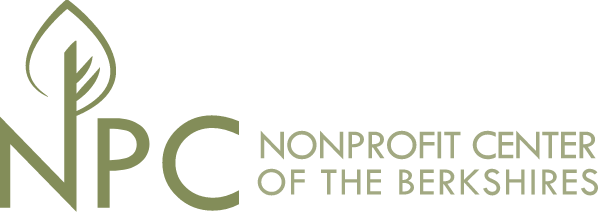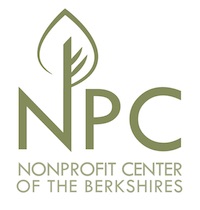23 Sep You’re a leader. Now you need some followers.
You’re a leader. Now you need some followers.
By Mark Avnet
I was watching rehearsal by the CEO of an ad agency in preparation for his all-company meeting. In spite of advice from his coach, he continued making his case exactly the same way each run-thru, his voice and body language getting increasingly intense and aggressive as he approached the call to action.
When I asked why, he snapped, “Because I’m the leader and they should just do what I tell them to!”
You can imagine how the meeting went.
The power to hire and fire doesn’t make you a leader – it just makes you the boss.
Real leaders influence others to achieve organizational goals while also achieving their followers’ goals. That personal influence power is yours regardless of your title or position.
Here are a few considerations to increase your personal power.
Create trust and psychological safety.
People who trust their teams and leaders are comfortable being open, leading to better ideas with less tension. Prove it’s safe by being the first to admit your own mistakes and demonstrate that it’s safe for others by not allowing scapegoating. It’s a challenge but worthwhile; leadership and great organizations are built on trust.
Engage in productive conflict.
Most people try to avoid conflict – meetings may be quiet, but afterwards you hear what people didn’t say. In a safe environment based on trust, it’s okay to disagree while working to find the best solution to a problem. That’s productive conflict – what Patrick Lencioni, author of The 5 Dysfunctions of a Team, defines as “passionate, unfiltered debate around issues of importance to the team.” It’s about the idea, not the person. Learn more about the Five Behaviors of a Cohesive Team.
Be a situational leader.
Remember your worst manager – did they micromanage you on things you knew how to do, or give you no guidance on things that were new to you? Be the kind of manager who flexes based on the task or goal – not the person. No matter how good someone is at other tasks, they need how-to instructions on a new task. But then ease up once they demonstrate competence – then coach, guide, or delegate. Remember, it’s the task that determines the support that’s needed, not just the person. Learn more about the Situational Leadership model.
Respect your team members’ different work styles.
Some prioritize getting things done asap, some are more reflective and need time. Some prioritize facts and logic; some prioritize collaboration and enthusiasm. Some are more private; some are more gregarious. Respect the differences and consider how they work as superpowers that you may lack. Learn the DiSC model to understand others and flex your own style to help them succeed.
Explain what’s in it for others by reframing your goals in their terms.
“What’s in it for me?” is about your goals. “What in it for them?” can help you reposition what you want in a way that helps them achieve their own goals, while still accomplishing the organizational goals. Have open, trusting, and situational conversations to discover what your team members hope to achieve. Learn more about active listening and crucial conversations.
Be the kind of leader others want to follow and not just one they have to, by considering and respecting their needs. It makes all the difference.
Mark Avnet is the founder of Converging Arts LLC, a professional development, consulting and training organization based in The Berkshires and New York City. Converging Arts focuses on soft-skills training for individual contributors, managers, and leaders, at all levels of experience in the workplace.
Learn more at www.convergingarts.com and contact us at info@convergingarts.com and 860-985-1626.
JOIN MARK FOR A WORKSHOP
October 3rd; 8:30am-12pm
BCC South County Center, Great Barrington
DiSC is a personality assessment tool that helps participants understand and appreciate themselves and others, and provides tips for improving communication and relationships with multiple personality styles within an organization and outside. REGISTER ONLINE AT THIS LINK>>




